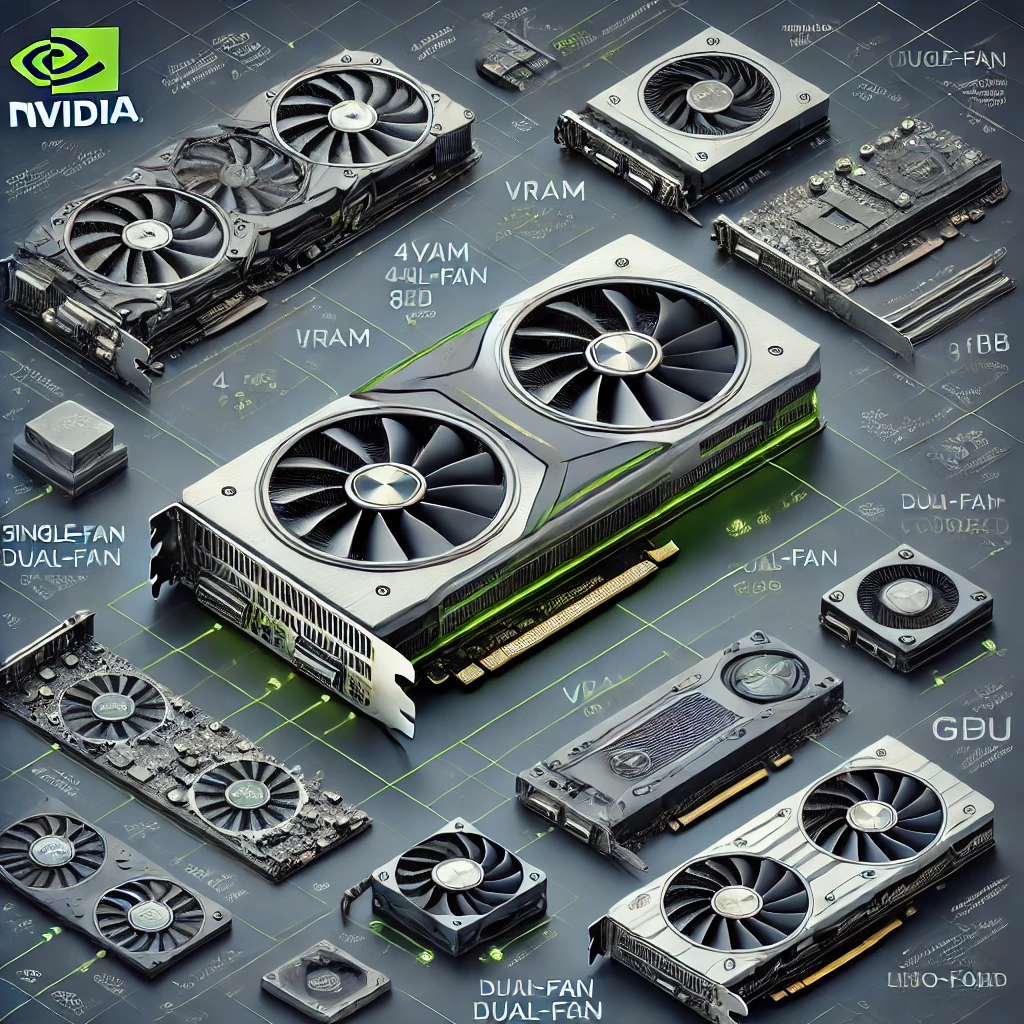“Welcome to your one-stop destination for IT products and expert after-warranty service, including Desktops, Laptop, CCTV unit, Biometrics and EPBX solution!”
“Welcome to your one-stop destination for IT products and expert after-warranty service, including Desktops, Laptop, CCTV unit, Biometrics and EPBX solution!”

When buying a graphics card for a laptop or desktop, you need to consider several key factors to ensure it meets your needs. Here’s what to look for:
For Laptops: Choose a laptop with a dedicated GPU if you need better performance.
For Desktops: You can upgrade the GPU separately, so pick a compatible one for your needs.
For laptops, pick a model with a GPU that fits your needs, as upgrades are limited. For desktops, ensure compatibility, power supply capacity, and cooling efficiency before upgrading. Always check benchmarks and future-proof your choice if possible! 🚀